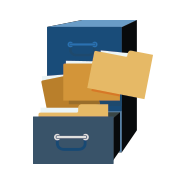The way you organize your tax information can be extremely beneficial. It helps your tax preparer, makes the whole process run more quickly, and can mean you receive your return sooner. Keep in mind some of the items listed below may not affect you or your tax return, however if you see something that you have, but has not been a part of your tax return in the past, you should discuss it with your preparer.
- If you receive an organizer from your preparer make sure to sign the engagement letter(s) and answer any questions you can regarding changes during the previous year or changes you expect for the current year.
- Review all your documents W-2s, 1099s, K-1s, etc. to make sure you cover all of the income you have for the year. If you receive an organizer from your preparer you can use this as a guide. It will typically list all W-2s, Interest Income, Dividend Income and other types of income in detail so you can match those listed with what you have collected.
- Review all your expense documents for your itemized deductions. This means make sure you have receipts for any contributions as well as property tax receipts. In addition if you have a mortgage on your home make sure to include the 1098.
- If you are paying student loans make sure to print a copy of your interest statement to include with your documentation.
- If you are in college or have a dependent in college:
- make sure to include the tuition tax statement
- if you have been using a college savings plan, make sure to include the 1099s you receive for the distributions
- also include the information as to what year you or your dependent are in school; which means how many years you have been taking classes, not what level you are (sophomore, junior)
- Include on a summary sheet the following two items listed separately:
- the total for books and supplies
- the total for living expenses
- If you own a business or rental property you should try to summarize as much as possible. Tax preparers do not need receipts, but you should keep them for your records. However if you have questions about how to categorize something or would like me to go over them with you, I am happy to do so. Just email me. Some categories to use when summarizing your business or rental expenses are:
- Income
- Cost of sales (costs associated directly to generating income)
- Materials
- Contract labor
- Equipment rental
- Expenses (there are many categories for expenses but here are few common ones):
- Advertising
- Insurance (other than health)
- Taxes for business property
- Rent for office space
- Rent for other items
- Office supplies
- Meals
- Travel (May need total business mileage and total miles for the year for this category)
- Dues and subscriptions
- Telephone
- Utilities
- License
- Interest
- Bank Charges
- Fixed Assets (the very general description of fixed assets are items you purchase to use in the business that have a life longer than 1 year)
- You should include what you purchased
- If it was new or used
- The date you purchased it
- The amount you paid in total (this mean what you paid in cash and the amount either on credit card or in a loan)
 You should feel comfortable enough with your accountant to call and ask how they would prefer the information or have a meeting with them beforehand to discuss the best options.
You should feel comfortable enough with your accountant to call and ask how they would prefer the information or have a meeting with them beforehand to discuss the best options.
I recommend these discussions occur outside of busy tax season so the preparer will have ample time to look at your return specifically and can evaluate how you like to organize your tax information. This will allow you and the preparer to work together to create the optimal solution for both.
The Wassman CPA Services website and blog is a means of providing general information to the user. The information provided is not intended to replace or serve as a substitute for any accounting, tax or other professional advice, consultation or service. You should contact Wassman CPA Services for advice concerning specific matters prior to making any decisions.
